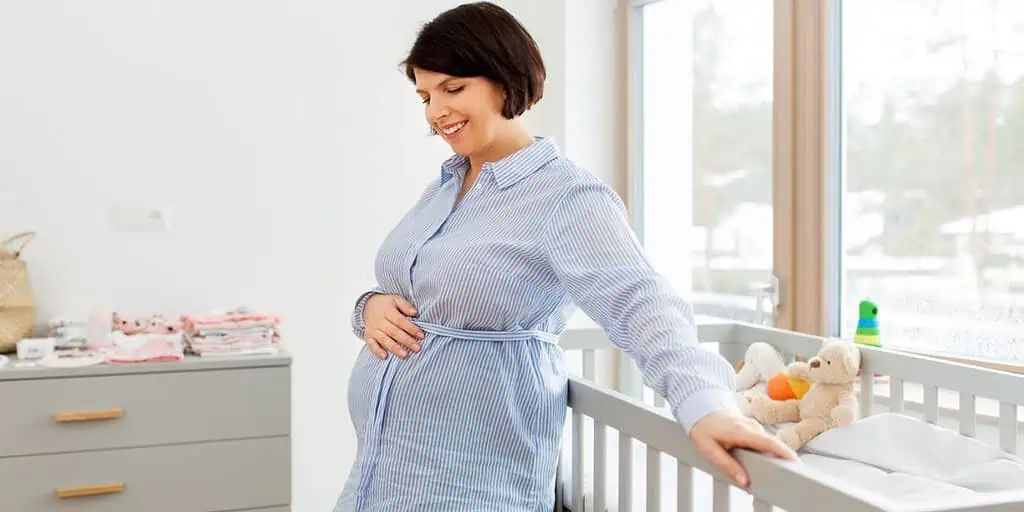Understanding the shifting landscape of U.S. fertility rates
Recent data from the Centers for Disease Control and Prevention (CDC) reveals nuanced trends in U.S. fertility rates, with notable differences across various age groups. In 2023, there were 3,596,017 live births in the United States, reflecting a fertility rate of 54.5 per 1,000 women aged 15–44.

Declining birth rates among younger women
The birth rate for teenagers aged 15–19 reached a historic low in 2023, at 13.2 births per 1,000 females—a 3% decrease from the previous year. Similarly, the birth rate for women aged 20–24 declined, dropping to 55.4 births per 1,000, marking a record low for this age group.
Increasing birth rates among older women
Conversely, birth rates have risen among older women. In 2023, women aged 30–34 had the highest birth rate at 95.1 births per 1,000, surpassing the 25–29 age group, which traditionally held this position. Additionally, birth rates for women aged 35–39 and 40–44 have increased over the past decade, reflecting a trend of delayed childbearing.
What factors are influencing fertility trends?
Several factors contribute to these shifting fertility patterns:
- Economic considerations: Economic downturns, such as the Great Recession of 2008–2009, have been linked to declines in birth rates, as financial uncertainty leads many to postpone or forgo having children.
- Educational and career aspirations: More women are prioritizing higher education and career advancement, often delaying marriage and childbirth.
- Access to contraception: Improved access to effective contraception has empowered individuals to plan their families more precisely, contributing to declines in unintended pregnancies, particularly among teenagers.
The implications of declining fertility rates
The sustained decline in fertility rates carries significant societal implications:
- Aging population: A lower birth rate contributes to an aging population, potentially leading to a smaller workforce and increased pressure on social support systems.
- Economic challenges: Fewer births can result in reduced consumer demand and challenges in sustaining economic growth.
- Social dynamics: Family structure and size shifts may influence community dynamics and support networks.
Maternal-fetal medicine (MFM) specialists are becoming even more necessary
As more women choose to have children later in life, the demand for Maternal-Fetal Medicine (MFM) specialists has grown. MFM specialists, also known as perinatologists, are obstetricians with advanced training in managing high-risk pregnancies.
Pregnancies in women aged 35 and older are often categorized as high-risk due to increased chances of complications such as gestational diabetes, hypertension, and chromosomal abnormalities.
Pregnancy implications increase with age

While many women become pregnant without medical intervention, advances in reproductive technology and expanded insurance coverage for fertility preservation and treatment have allowed women and couples to prioritize their career and life goals.
The likelihood of various pregnancy and fetal complications increases steadily for women over the age of 35.
That includes the risk of specific genetic and chromosomal abnormalities, including Down syndrome, and the risk of pre-eclampsia, gestational diabetes, and postpartum hemorrhage.
There’s not a switch that goes on at age 35 where all these things are going to happen, but in theory, any pregnancy can become at risk no matter what the age of the mother.
Some of those risks can be mitigated with proactive medical care, such as taking baby aspirin during pregnancy for those with risk factors for pre-eclampsia, prescribing medication to control blood pressure and gestational diabetes, and better awareness about the dangers of postpartum hemorrhage.
Adverse outcomes are still rare. The risk of pre-eclampsia, a dangerous hypertensive disorder that is poorly understood but remains a leading cause of maternal and perinatal mortality worldwide, is less than 5% among the general population of pregnant women.
Among women older than 40, the risk doubles to about 10%.
There has been an increase in the number of individuals entering pregnancy in their 40s who already have conditions such as high blood pressure, kidney disease, or diabetes. Age cannot be altered.

Call (844) 473-6100 or click here to schedule online
Why choose Dr. Steve Rad for your pregnancy care?
The shifting fertility patterns in the United States, characterized by declining birth rates among younger women and increasing rates among older women, have significant implications for maternal and child health. These trends underscore the importance of specialized care provided by Maternal-Fetal Medicine specialists like Dr. Steve Rad. Dr. Rad’s care helps ensure the well-being of mothers and their babies in high-risk pregnancies.
Call us at (844) 473-6100 or schedule your consultation online. We are currently accepting new patients.
We are conveniently located for patients throughout Southern California and the Los Angeles area at locations in or near Beverly Hills, Santa Monica, West Los Angeles, West Hollywood, Culver City, Hollywood, Venice, Marina del Rey, Malibu, Manhattan Beach, Newport Beach, Irvine, and Downtown Los Angeles. We also offer in-home prenatal care and a fly-in program for out-of-town and international patients. Dr. Rad even travels to patients who need him throughout the U.S. and worldwide.
If you can’t make it to Dr. Rad’s clinic in Los Angeles, he also offers virtual consultations worldwide.
Source article:
More older women becoming first-time moms amid U.S. fertility rate declines
https://www.nbcnews.com/health/womens-health/us-fertility-rates-down-teens-women-40-first-time-moms-rcna196809



















